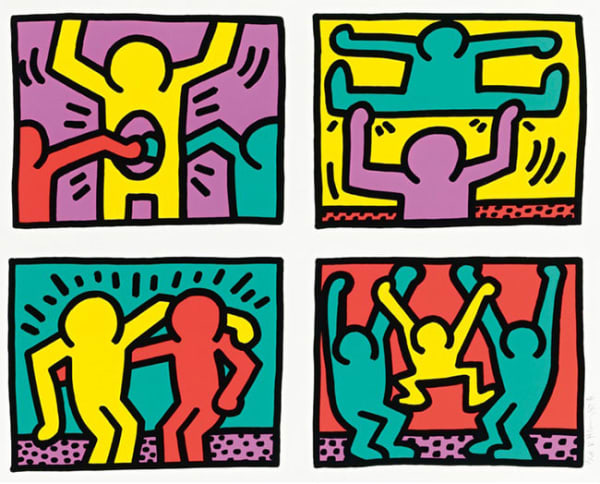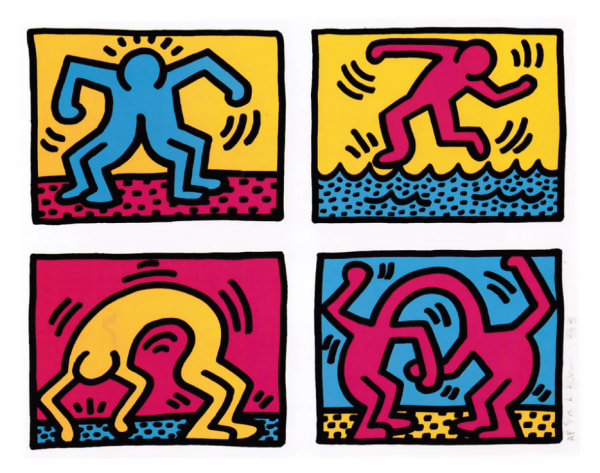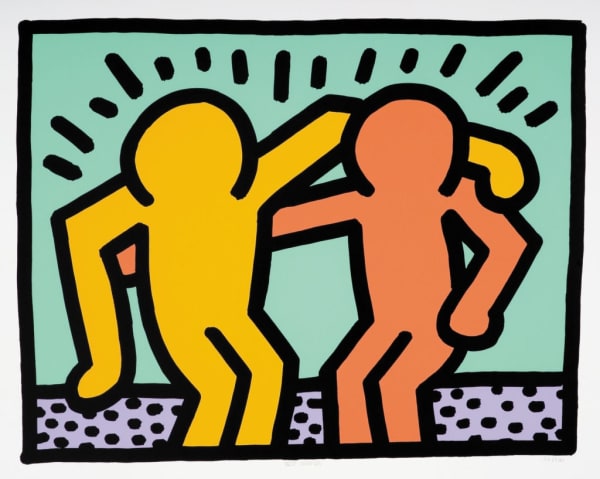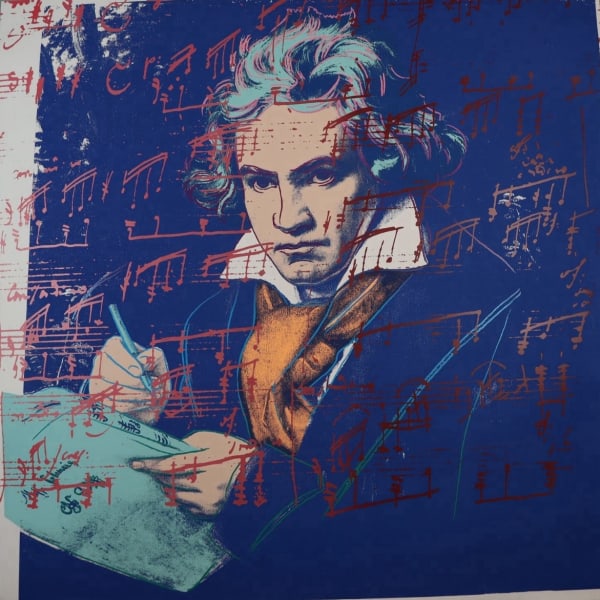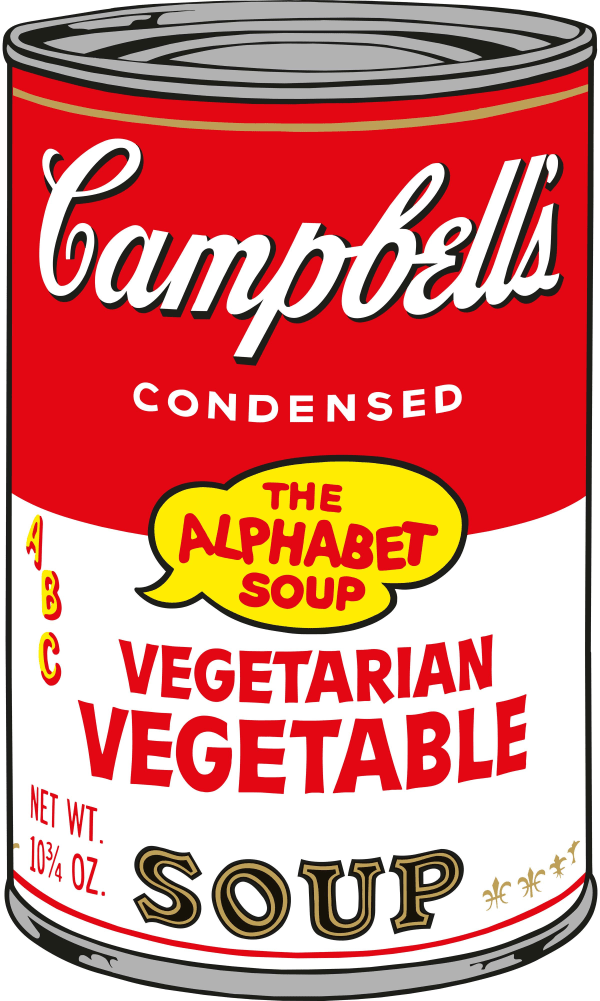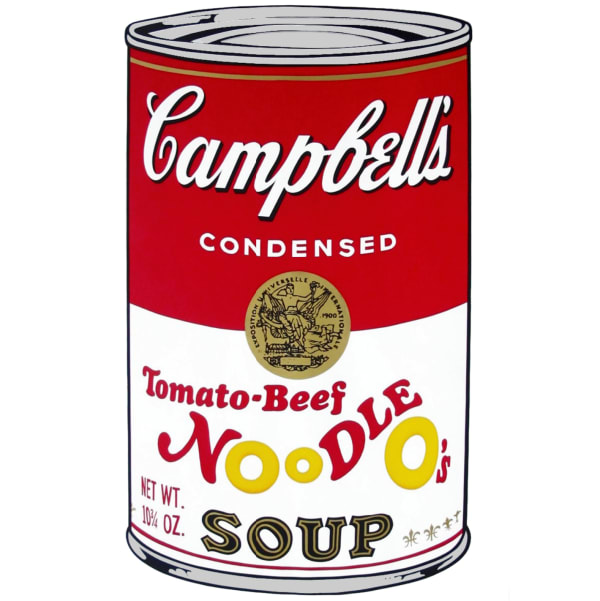In the latter half of the 20th century, a new visual language emerged in American art—one shaped not by traditional academic ideals, but by advertising, celebrity, comic books, nightlife, graffiti, politics, and mass media. New American Mythologies brings together the transformative work of four icons of contemporary art—Andy Warhol, Jean-Michel Basquiat, Keith Haring, and Roy Lichtenstein—whose practices helped redefine not only what American art could look like, but who it could speak to and what it could mean.
These four artists constructed a bold, democratic aesthetic that reflected and refracted the cultural realities of their time. Warhol, with his silkscreened celebrities and consumer goods, turned the everyday into the iconic. Basquiat infused his canvases with the pulse of New York’s downtown scene, merging street art with art-historical references and searing commentary on race and power. Haring brought art to the public through subway drawings and activism, transforming walls and public spaces into sites of social dialogue. Lichtenstein, drawing on the aesthetics of comic strips and commercial illustration, questioned the very boundaries of originality and authorship in art.
Together, their works helped define a new mythology—one rooted not in ancient gods or classical heroism, but in mass culture, marginal voices, and contemporary identity.




